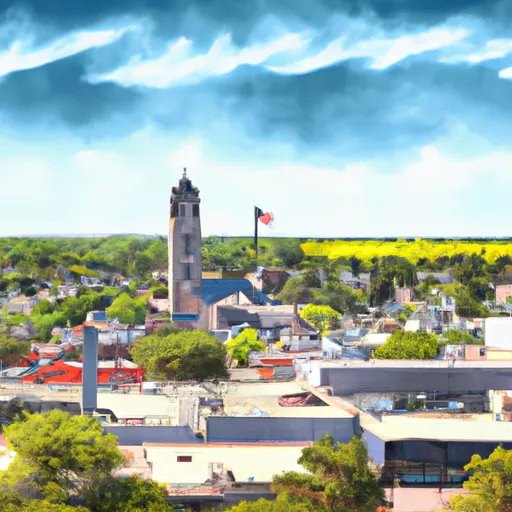°F
°F
mph
Windspeed
%
Humidity











Stout, Iowa is a small town located in Grundy County, in the central part of the state. The climate in Stout is classified as a humid continental climate, with warm summers and cold winters. The average temperature ranges from 14°F (-10°C) in winter to 85°F (29°C) in summer. The area receives about 37 inches (94 cm) of precipitation per year, evenly distributed throughout the seasons.
When it comes to hydrology constituents, Stout is surrounded by fertile farmland and lies close to the Cedar River. The river not only provides a scenic backdrop for the town but also offers recreational opportunities such as fishing, boating, and canoeing. The river is home to various fish species, including catfish, walleye, and smallmouth bass, attracting anglers from the area.
Outdoor enthusiasts can also explore the nearby parks and nature reserves. Jensen Marsh State Game Management Area, located just a short drive from Stout, offers hiking trails and opportunities for birdwatching. George Wyth State Park, about 30 miles south of Stout, provides additional recreational activities such as camping, picnicking, and biking along its picturesque trails.
In summary, Stout, Iowa offers a pleasant climate, a close connection to the Cedar River, and opportunities for outdoor recreation, making it an attractive destination for nature lovers and outdoor enthusiasts.
Weather Forecast
Stout receives approximately 905mm of rain per year, with humidity levels near 83% and air temperatures averaging around 9°C. Stout has a plant hardyness factor of 5, meaning plants and agriculture in this region thrive during a short period during spring and early summer. Most plants will die off during the colder winter months.
Regional Streamflow Levels
62
Cubic Feet Per Second
63
Cubic Feet Per Second
10
Cubic Feet Per Second
5
Cubic Feet Per Second
Nearby Camping
| Camping Area | Reservations | Toilets | Showers |
|---|---|---|---|
| Pilot Grove City Park | |||
| Thousand Hills State Park | |||
| Thomas Hill Reservoir - Hwy T Campground - MDC | |||
| Stump Island Park | |||
| Lake of the Ozarks Military | |||
| Lake of the Ozarks State Park |



